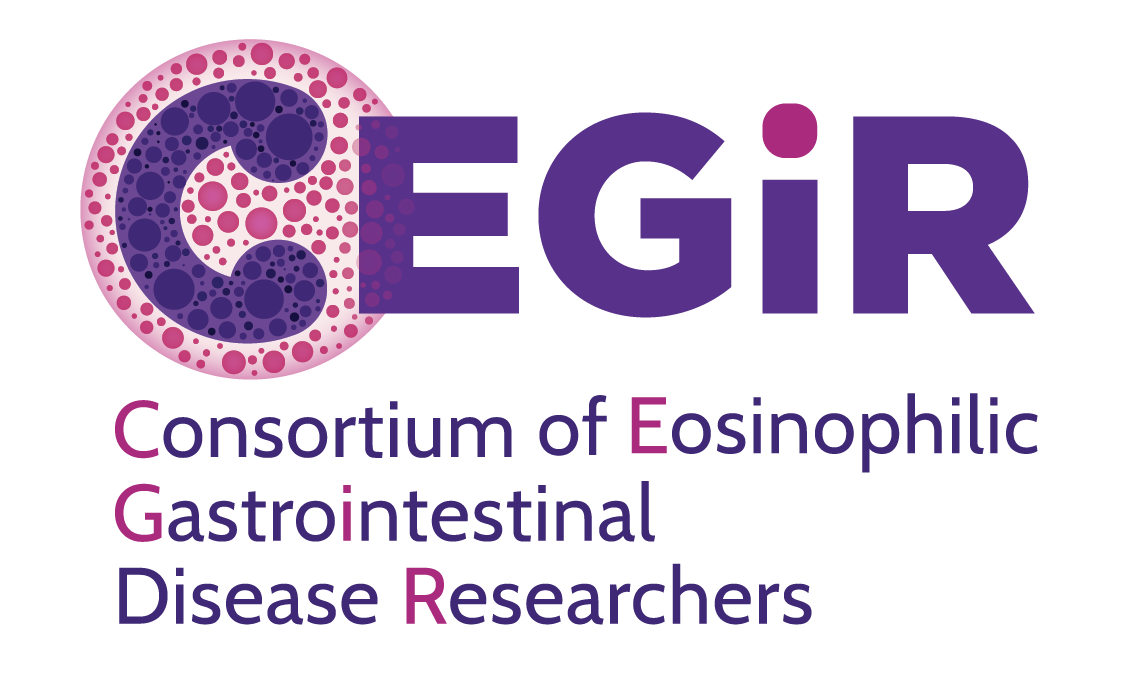Skip to main content
- Data Management and Coordinating Center (DMCC): Facilitates operations, research, participant engagement, and data sharing for the Rare Diseases Clinical Research Network.
- DBPC: See Double-blind Placebo-controlled Study.
- Degranulation: Release of the contents (granules) of the cell. This happens to eosinophils when they are involved, in an immune response in allergic reactions.
- Descending Colon: The part of the large intestine located on the left side of the abdomen that connects the transverse colon at the splenic flexure with the sigmoid colon at the sigmoid flexure.
- DEXA: See Dual Energy X-Ray Absorptiometry.
- Diaphragm: A muscular and connective tissue structure separating the chest and abdominal cavities. The diaphragm contracts and expands in correlation with the lungs during breathing.
- Digestive System: All of the muscular organs involved in eating, digesting foods and eliminating solid food wastes. This includes the mouth, esophagus, stomach, small intestine, and large intestine.
- Division of Rare Diseases Research Innovation (DRDRI): An office of the National Institutes of Health (NIH) that facilitates and coordinates NIH-wide activities involving research for a broad array of rare diseases.
- DMCC: See Data Management and Coordinating Center.
- Double-blind Placebo-controlled (DBPC) Study: This is a research study in which both the patient and the healthcare provider are unaware of whether the subject is being given an active substance (including food) or a placebo (sugar pill) in order to avoid bias in interpretation of the results.
- DRDRI: See Division of Rare Diseases Research Innovation.
- Dual Energy X-Ray Absorptiometry (DEXA Scan): a special type of X-ray that measures the density of bones. The test is painless, just like getting an X-Ray. The typical areas scanned during the test include the hip bone, lumbar spine, and/or the wrist or forearm.
- Duodenitis: Inflammation of the duodenum.
- Duodenum: The upper part of the small intestine that connects the lower part of the stomach with the jejunum.
- Dysmotility (Abnormal motility): In reference to the GI tract, food moves more slowly or quickly than normal through the esophagus, stomach and/or intestines.
- Dyspepsia: Discomfort in the stomach marked by symptoms of nausea, loss of appetite, bloating, belching and/or flatulence, change in bowel habits, heartburn, reflux, and/or a gnawing or burning sensation in the stomach area. Causes may include insufficient digestive enzymes or hydrochloric acid (HCl), ulcer, esophageal spasms, intestinal obstruction or other motility problem, IBS, gallstones, lactose intolerance, heart problems, or other causes.
- Dysphagia: Difficulty swallowing liquid or solid food.

